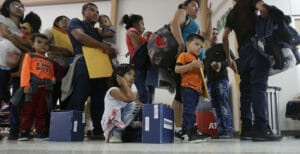When Children Witness Violence at Home
Without interventions, youngsters exposed to toxic conflict in the household can carry scars throughout their lives. Here are some innovative ways to help the most vulnerable victims as the start of school approaches. Pixabay
1
2
Pixabay
1
2
Independent journalism is under threat and overshadowed by heavily funded mainstream media.
You can help level the playing field. Become a member.
Your tax-deductible contribution keeps us digging beneath the headlines to give you thought-provoking, investigative reporting and analysis that unearths what's really happening- without compromise.
Give today to support our courageous, independent journalists.







You need to be a supporter to comment.
There are currently no responses to this article.
Be the first to respond.